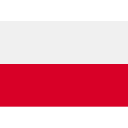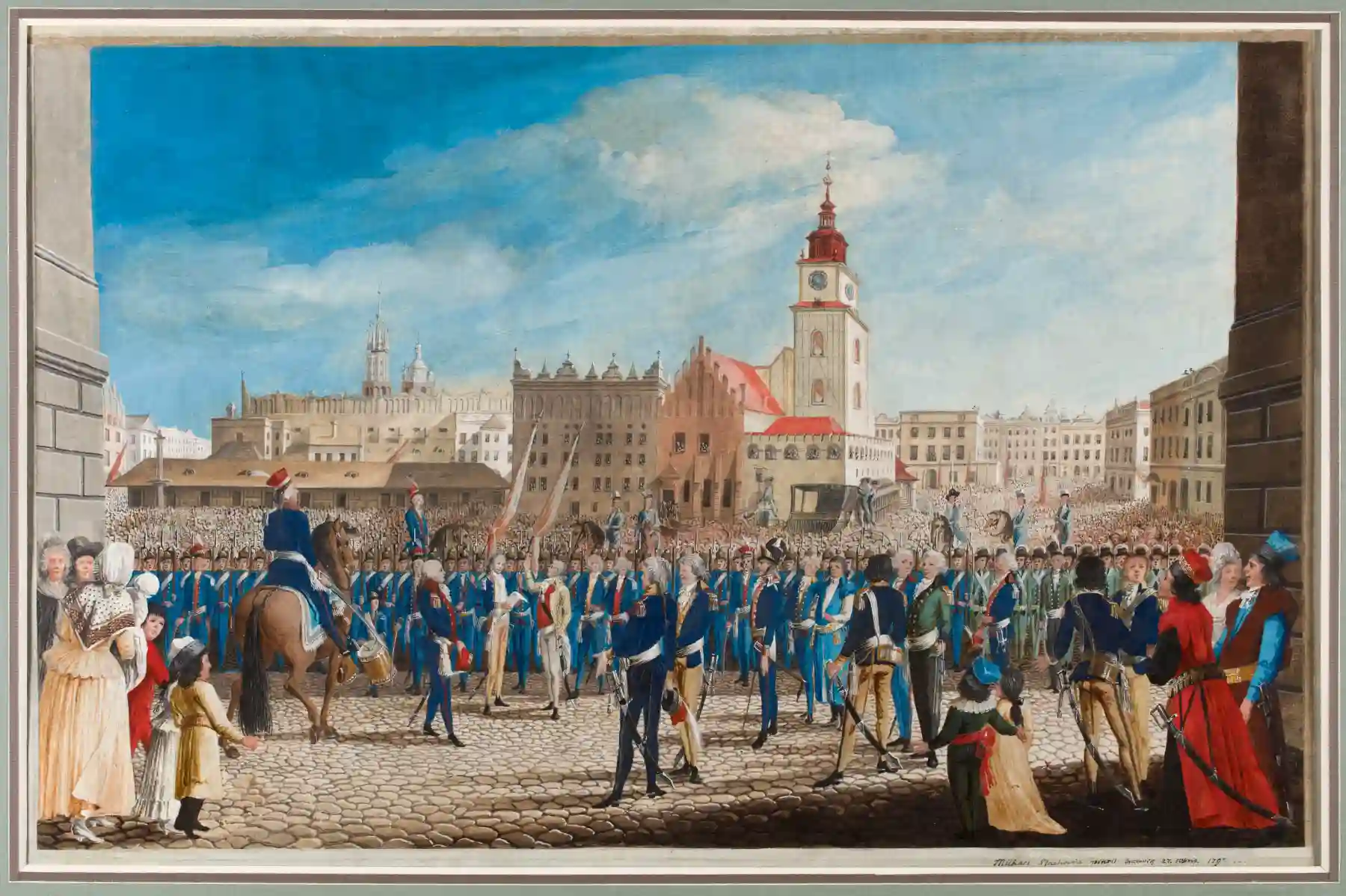Tadeusz Kościuszko was an outstanding Polish national hero who played an important role in both Poland and the United States. His life and achievements are undeniable proof of his dedication to the fight for freedom and justice. This article will introduce us to Tadeusz Kościuszko, his connections with Poland, the United States, and his troubled life as a traveler.
Read more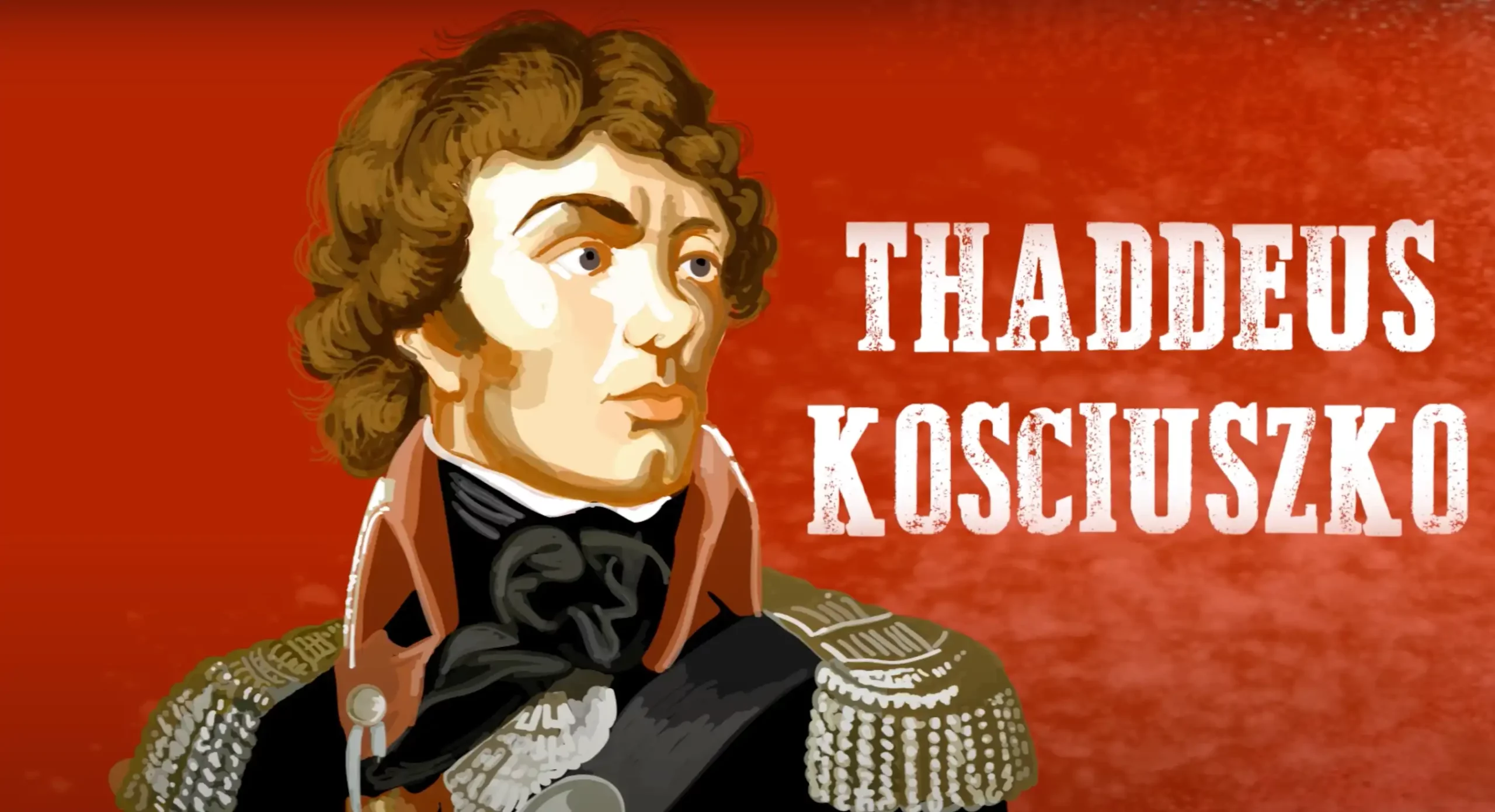
Kosciuszko Means Freedom
General Thaddeus Kosciuszko (1746-1817) is a hero of two nations who fought in the Continental Army for the independence of the United States of America. Kosciuszko served seven years in the service of General George Washington and the American cause, proving instrumental in the American victory at the Battle of Saratoga and was responsible for overseeing the fortification of West Point. Described by Thomas Jefferson as “the purest son of liberty” Kosciuszko was a strong proponent of universal liberty and human rights, who deeded his wartime pay to purchase freedom for American slaves.
Read more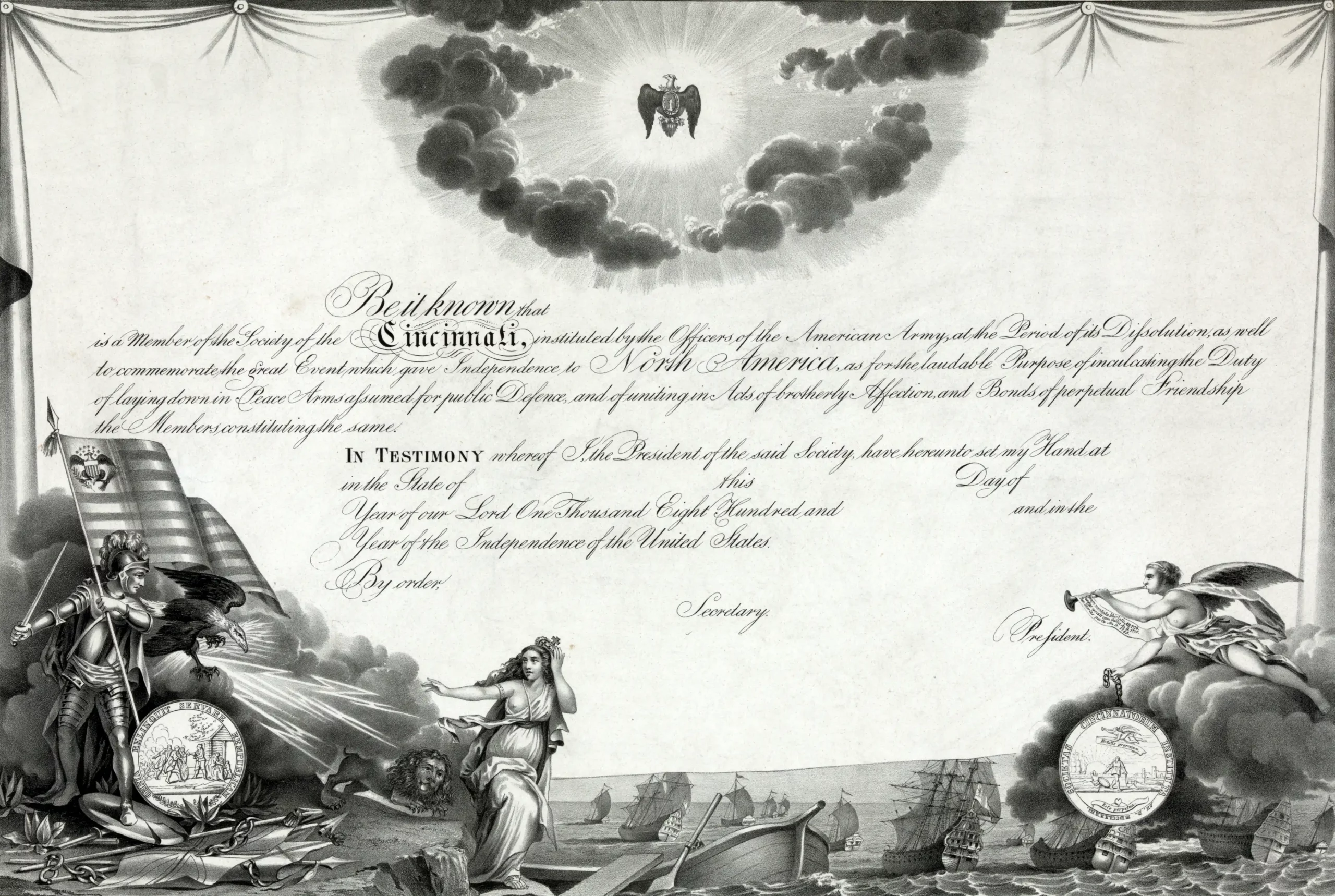
The Society of the Cincinnati
The Society of the Cincinnati is the USA’s oldest patriotic organization, founded in 1783 by officers of the Continental Army who served together in the American Revolution. Its mission is to promote knowledge and appreciation of the achievement of American independence and to foster fellowship among its members. Now a nonprofit educational organization devoted to the principles and ideals of its founders, the modern Society maintains its headquarters, library, and museum at Anderson House in Washington, D.C.
Read more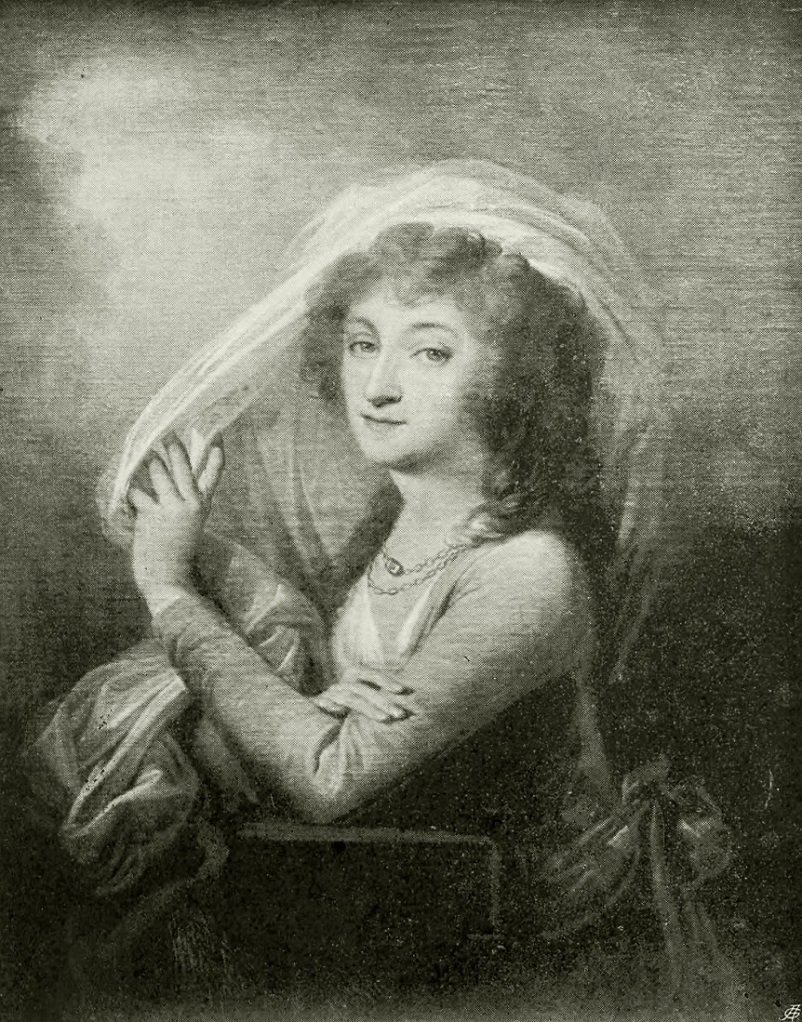
Ludwika Sosnowska – the unhappy love of Tadeusz Kosciuszko
Ludwika Sosnowska, daughter of Józef Sosnowski – Lithuanian hetman, senator, voivode, was the first youthful love of Tadeusz Kościuszko, then twenty years old. The eighteen-year-old girl was loved by Kościuszko as a cadet of the Knights’ School, and the girl reciprocated his love.
Read more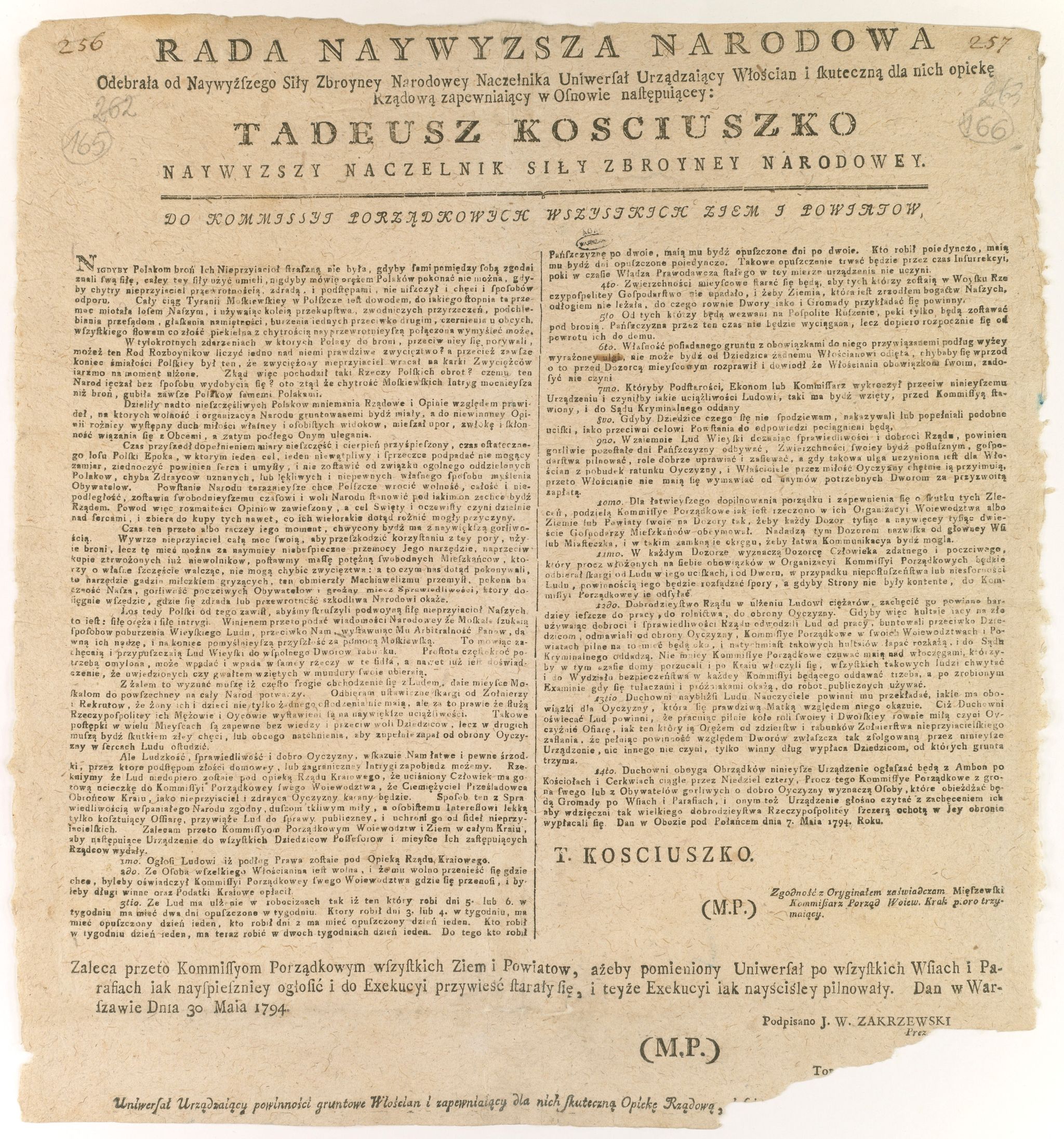
The Polaniecki Proclamation, or war not only for the nobility
The outbreak of the Kosciuszko Insurrection was a last-ditch attempt to save the Rzeczpospolita that had been plundered by the partitioners and sold out by the Targowiczans. Kosciuszko, as a good commander, realized that he could only succeed in his fight against the Russians through rapid action, aiming to capture as much Polish territory as possible from which military enlistment would then take place. All this had to happen before the Russian Czar would send in his troops to crush the rebellion. Kosciuszko therefore set off at the head of 1,000 soldiers from Krakow to Warsaw. The detachment was supported by a Krakow militia consisting of peasants equipped with scythes set on stakes. The Kosynierzy even became a symbol of the uprising in a short time.
Read moreSample text. Lorem ipsum dolor sit amet, consectetur adipiscing elit, sed do eiusmod tempor incididunt ut labore et dolore magna aliqua. Sit amet tellus cras adipiscing enim. Ut porttitor leo a diam sollicitudin. Turpis in eu mi bibendum neque egestas congue quisque egestas.

